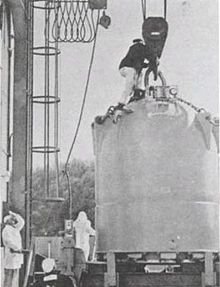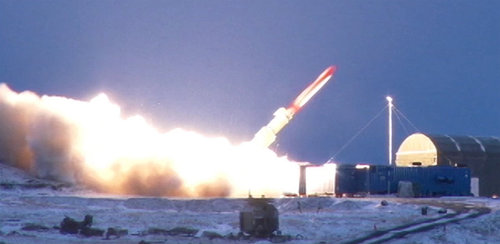Here is the latest on the contamination. This is becoming a more serious event than previously anticipated. Something went boom and radioactivity was spread over a good distance.
Yes, Cesium 137 confirmed as contamination in the hospital where the unfortunates were taken. Not merely on one doctor.
From Novaya Gazeta
19 авгÑÑÑа пÑÐµÐ·Ð¸Ð´ÐµÐ½Ñ Ð Ð¾ÑÑии впеÑвÑе пÑокомменÑиÑовал ЧРпод СевеÑодвинÑком, когда во вÑÐµÐ¼Ñ Ð¸ÑпÑÑаний двигаÑÐµÐ»Ñ Ð½Ð° военном полигоне в Ñайоне поÑелка ÐенокÑа пÑоизоÑел взÑÑв...

www.novayagazeta.ru
A quote (in translation): "According to Novaya Gazeta, three patients were taken to the Arkhangelsk Regional Hospital at 16.35 on August 8. Due to the lack of information,
people were first examined in the emergency room. Later, it was necessary to deactivate the entire receiving ward, as cesium-137 was taken to the hospital along with these victims
(a radioactive isotope, which is a by-product of nuclear decay of uranium-235), its dose was 22 thousand microparticles per square [centimeter]. See, but it was revealed only an hour after the arrival
of the victims."
Also:
"During this time, they managed to be examined, visited on computed tomography, were transferred to the operating unit, three operating rooms were involved, Subsequently, when the
dosimetrists arrived and it was revealed that they were carriers of beta radiation, they were transferred back to the emergency room. There, doctors, nurses and nurses already carried out
decontamination with soap solutions. For protection, they had only ordinary dressings, ”says the source of the Novaya Gazeta. According to him, the event was attended by 57 people, despite
the fact that the usual shift is 15–20 people, that is, most people either voluntarily or at the request of the leadership left to work overtime. “No one refused, even knowing that they were
radioactive victims,” he says, noting that some colleagues complained of tingling in the face and hands."
Pavel Podvig as of this afternoon on Twitter:
"The story says that Cs-137 was found in the hospital (earlier reports only mentioned that it was detected on one of the doctors). It even gives the dose - 22k micro particles [sic!] per sq cm. The photo seems authentic and suggests that people were seriously contaminated"






